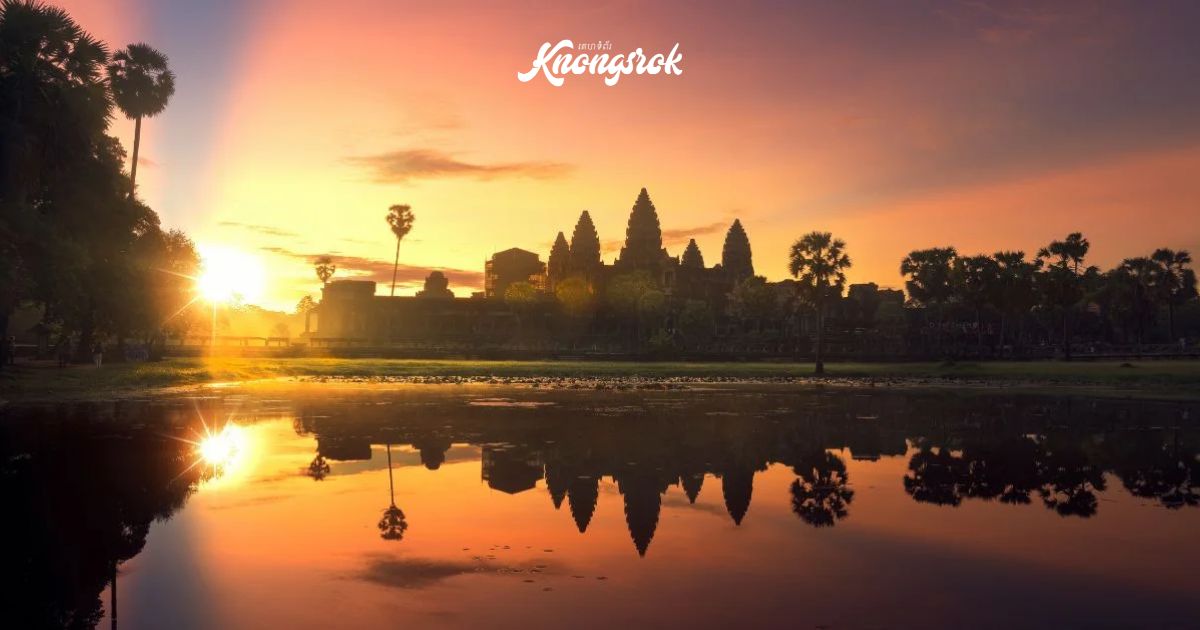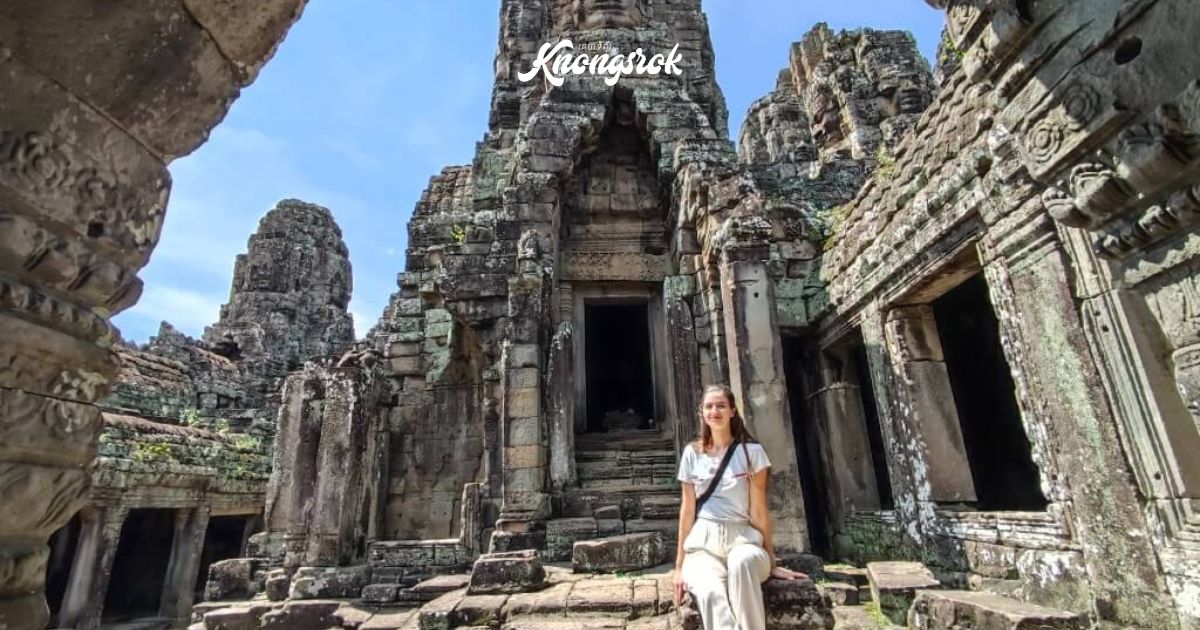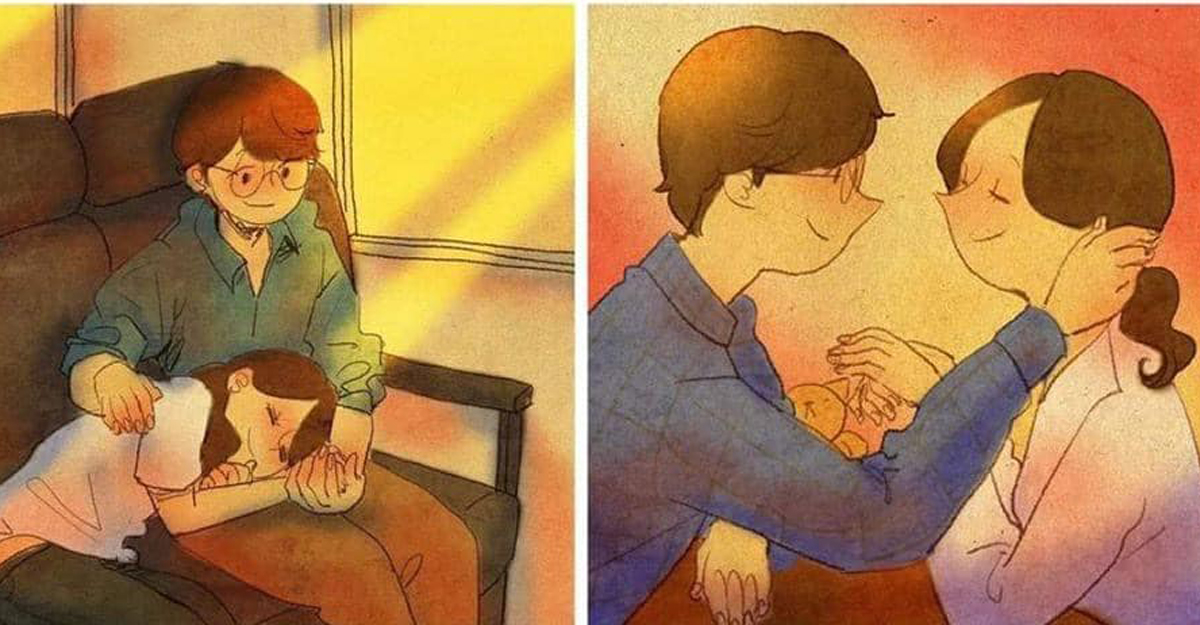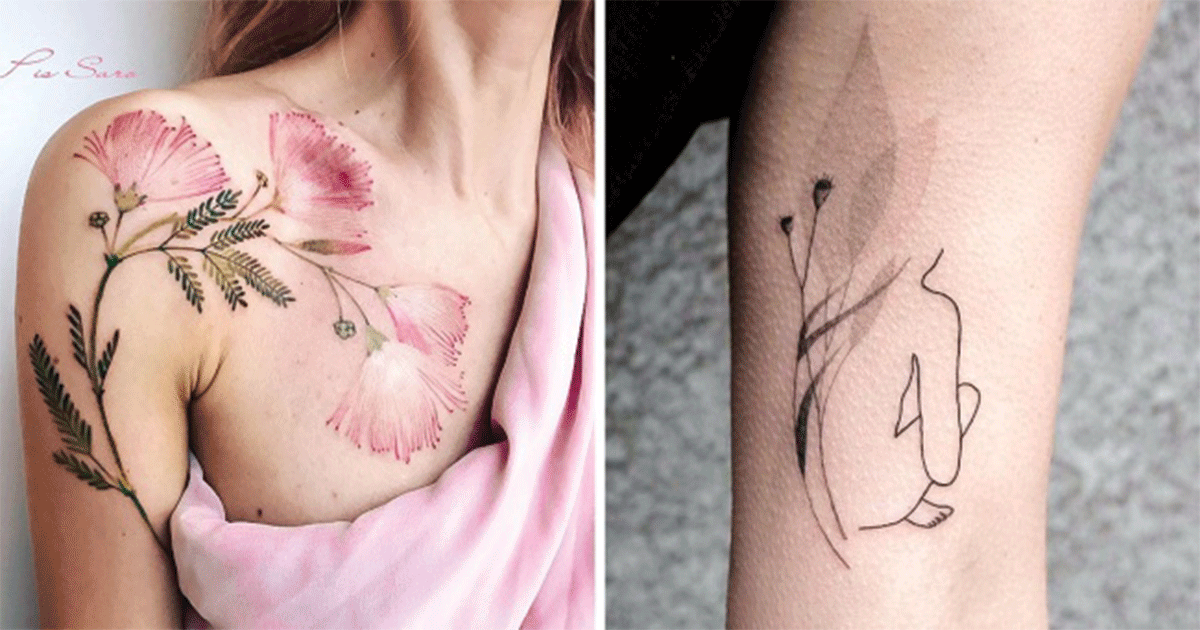20 creative ideas of thinkers around the world to make us cry
20 Creative Ideas of Thinkers Around the World That Will Make Us Cry
Art, literature, and human ingenuity often come together to evoke deep emotions, touching our hearts in unexpected ways. Some ideas have the power to make us reflect, feel nostalgic, or even cry, reminding us of the beauty and pain in life. Here are 20 creative ideas from thinkers around the world that are so poignant and powerful, they might just bring tears to your eyes.
1. The “Before I Die” Walls
Originally conceived by artist Candy Chang, the Before I Die walls are public spaces where people can write their dreams and hopes before they die. It’s a moving reminder of the fragility of life, as people share deeply personal wishes and regrets for others to read.
Why it makes us cry: It reminds us of our shared humanity and the unspoken dreams we all carry.
2. A Chair for the Unseen Guest
Some artists have created installations where an empty chair sits, representing loved ones who are no longer with us. The chair serves as a symbol of loss and absence, evoking a sense of longing and reflection.
Why it makes us cry: The empty chair symbolizes those we’ve lost, making us reflect on grief and the people we miss.
3. Letters to Your Future Self
The concept of writing a letter to your future self is both hopeful and heart-wrenching. It’s a practice that encourages reflection on who you are now, who you hope to become, and the passage of time that will inevitably change everything.
Why it makes us cry: Revisiting your letter years later can make you realize how much has changed, for better or worse.
4. The Last Photo Project
In this photography series, people were asked to submit the last photo they took of a loved one before they passed away. The images, often mundane or unremarkable at first glance, take on a profound meaning when viewed in the context of loss.
Why it makes us cry: The everyday nature of these photos reminds us of how fleeting and precious life can be.
5. The Infinity Burial Suit
The Infinity Burial Suit is designed by Jae Rhim Lee to allow the body to decompose naturally after death, with mushrooms aiding the process. It emphasizes the cycle of life, death, and rebirth, offering an eco-friendly way to return to the earth.
Why it makes us cry: This idea connects death with life in a beautiful, natural cycle, evoking a bittersweet sense of closure and continuity.
6. The Memory Palace
This ancient mnemonic technique involves creating a mental space to store memories, often visualizing places associated with loved ones. It’s a touching concept that allows people to mentally “visit” those they’ve lost or experiences they cherish.
Why it makes us cry: The idea of keeping loved ones alive through the mind’s eye can be both comforting and deeply emotional.
7. The Remembrance Poppy
Worn in many countries to commemorate fallen soldiers, the remembrance poppy is a symbol of sacrifice and loss. Inspired by the poem In Flanders Fields, the poppy evokes the sorrow of lives lost in war, while also serving as a hopeful symbol of peace.
Why it makes us cry: The poppy represents both the tragic cost of war and the hope for a better, more peaceful future.
8. The 9/11 “Tribute in Light” Memorial
Every year on the anniversary of 9/11, two beams of light are projected into the sky where the Twin Towers once stood. This powerful visual tribute reminds us of the lives lost and the resilience of those who survived.
Why it makes us cry: The ethereal light beams symbolize both the loss and the lasting memory of those who perished in the tragedy.
9. The Memorial Forest
Some people choose to plant trees in memory of loved ones, creating living memorials that grow and flourish long after the person has passed. The idea that a tree could continue the legacy of someone lost is both beautiful and heart-wrenching.
Why it makes us cry: Watching the tree grow year after year becomes a poignant reminder of the enduring presence of those we’ve lost.
10. Shoes on the Danube Bank
This Holocaust memorial in Budapest features 60 pairs of iron shoes on the edge of the Danube River, representing the Jews who were executed there during World War II. The simplicity of the shoes, abandoned on the riverbank, speaks volumes.
Why it makes us cry: The empty shoes serve as a haunting reminder of the innocent lives taken during the Holocaust.
11. Street Pianos in Public Spaces
In cities like London and New York, public pianos are placed on the streets for anyone to play. The impromptu music created by strangers often evokes spontaneous moments of connection and emotion, as passersby stop to listen or join in.
Why it makes us cry: The shared humanity and beauty of spontaneous music bring out feelings of connection and nostalgia.
12. Memory Quilts Made from Clothing
A memory quilt made from the clothing of a loved one who has passed away is a deeply personal way to preserve their memory. Each patch of fabric carries a story, stitching together moments from their life.
Why it makes us cry: These quilts are tangible representations of memories, making loss feel both present and permanent.
13. The Witness Tree Project
In some places, trees that have witnessed significant historical events are preserved as living memorials. These trees, often hundreds of years old, stand as silent witnesses to the past, linking generations to history.
Why it makes us cry: Knowing that a tree has quietly observed life-changing moments gives a deep sense of continuity between past and present.
14. The Day of the Dead Altar (Ofrenda)
In Mexican culture, the Día de los Muertos altar is a beautiful, colorful tribute to deceased loved ones. The idea is to welcome their spirits back into the world of the living for a brief time, reminding families of their enduring connection.
Why it makes us cry: The celebration of life and death together, with offerings and memories, creates a deeply emotional experience of loss and love.
15. The Giving Keys
The Giving Keys are keys repurposed as necklaces that have words like “strength” or “hope” engraved on them. The wearer is encouraged to pass the key on to someone who needs it more, creating a chain of kindness.
Why it makes us cry: The act of passing on a symbol of hope to someone else builds a network of empathy and support, touching lives in ways that ripple outward.
16. Lighthouses for the Dead
In some cultures, lighthouses are used as symbols of guidance, even for the deceased. These structures are meant to help souls find their way in the afterlife, representing a connection between the living and the dead.
Why it makes us cry: The idea of lighting the way for loved ones, even in death, speaks to our desire to care for those who are gone.
17. The Mourning Bracelets of Victorian England
In the Victorian era, people would make mourning bracelets from the hair of loved ones who had passed away. These bracelets served as a wearable memory of the deceased, keeping them close at all times.
Why it makes us cry: The physical preservation of a loved one’s hair in such an intimate form is a powerful symbol of both loss and remembrance.
18. The Japanese Art of Kintsugi
Kintsugi is the Japanese art of repairing broken pottery with gold, creating something even more beautiful from the broken pieces. It’s a metaphor for embracing imperfections and healing from loss.
Why it makes us cry: This philosophy of finding beauty in brokenness reminds us that healing from pain and loss can create something stronger and more beautiful.
19. The Lonely Whale’s Song
Scientists once discovered a whale singing at a frequency no other whales could hear. Known as the “52-Hertz Whale,” it was dubbed the world’s loneliest whale because it seemed to be singing into the void with no response.
Why it makes us cry: The idea of a whale calling out into an empty ocean, unheard, stirs deep emotions about loneliness and the desire for connection.
20. The Empty Library Memorial in Berlin
In Bebelplatz, where the Nazis burned books in 1933, there’s a glass window in the ground that shows empty bookshelves below. This quiet, understated memorial speaks volumes about the loss of knowledge and culture during times of oppression.
Why it makes us cry: The emptiness of the shelves symbolizes the cultural void left behind by censorship and destruction, a haunting reminder of what was lost.
Final Thoughts
These 20 creative ideas and projects from around the world tap into universal emotions—love, loss, memory, and the passage of time. Each one holds the power to move us deeply, reminding us of the fragility and beauty of life, and perhaps leaving us with a tear in our eye.














